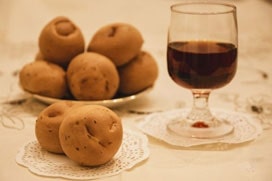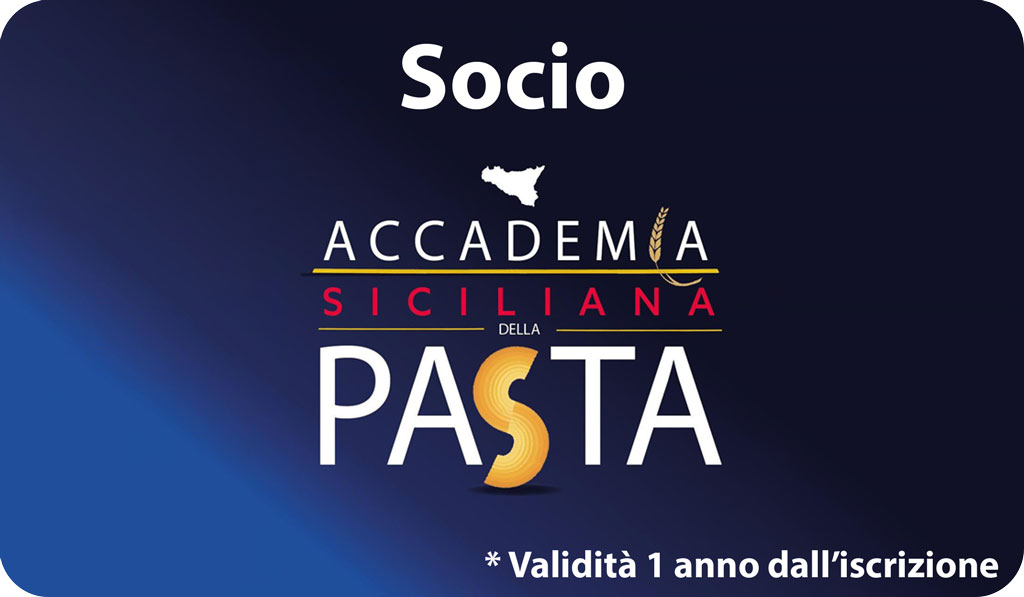Academics always prepare San Martino biscuits!
It was in 330/335 when one day Martin of Tours, son of an army officer, enlisted in the cavalry in obedience to an imperial order.
During a night patrol on 11 November 335, he shared his cloak with a merchant who felt cold.
It seems that the sun immediately appeared, attenuating the cold and snow and everyone called that day “San Martino summer”. The same night Martin saw in a dream Jesus giving him back half of his cloak, telling him: “Here is Martin, the Roman soldier who is not baptized, he has dressed me”. When he awoke the cloak was intact. The next day Martino was baptized and converted to Christianity. The period coincides with the opening of the barrels because the must ends the time of its fermentation and with the tasting of the new wine. Wine deserved and it became customary to celebrate it every year.
The trouble is that the taverns crowded where they drank abundantly as the Sicilian proverb recalls, “In San Martinu every mustu is vinu” but that’s where Martino was called the patron saint of drunkards.
For the people of Palermo it marks the end of summer and the day when the wine industry opened the doors of the various cellars to let you taste the new wine produced.
On 11 November, banquets were set up to accompany the wine, rich in dishes for the wealthy and with “u viscottu i San Martino abbagnatu nn’o muscatu”, (the San Martino biscuit soaked in Muscat) for the less well-off. Flour, water, lard and yeast, a little sugar, anise or cinnamon were enough!
Today, honoring the saint with special biscuits in the shape of a round loaf about the size of an orange and the addition of anise seeds to the dough is still linked to the Palermo tradition.
They are hard, but crunchy and are “abbagnato” (soaked) in the “Moscato di Pantelleria” made from inzolia grapes or soaked in freshly tapped wine.
A little curiosity. It was also said that the biscuit was so crunchy that it was hard “comu li corna”! For this reason it is believed that San Martino was also the protector of the “cuckolds” but this legend has many other reasons! The hardness of the biscuit remains, which maintains its goodness and the flavor of the popular tradition, always full of messages and history of our origins.
But there is another tradition of Saint Martin that we inherit from the Albanian peoples and which is repeated in Palazzo Adriano, in the province of Palermo and which celebrates the young people who got married during the year; in the morning, children parade through the streets carrying baskets, covered with embroidered tablecloths, with the traditional “panuzzi di San Martino” and other sweets. The groom’s parents give the young people “u quadaruni”, a large copper pot and those of the bride “a brascera”, a copper brazier to heat the house in the cold months.
The community and the administrators of the Municipality, after having marched accompanied by the band, visit the “S. Martini” of the newlyweds and give them a gift as a wish for the birth of the new family.









Leave A Comment